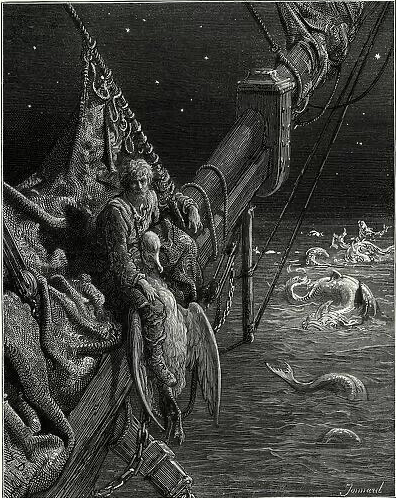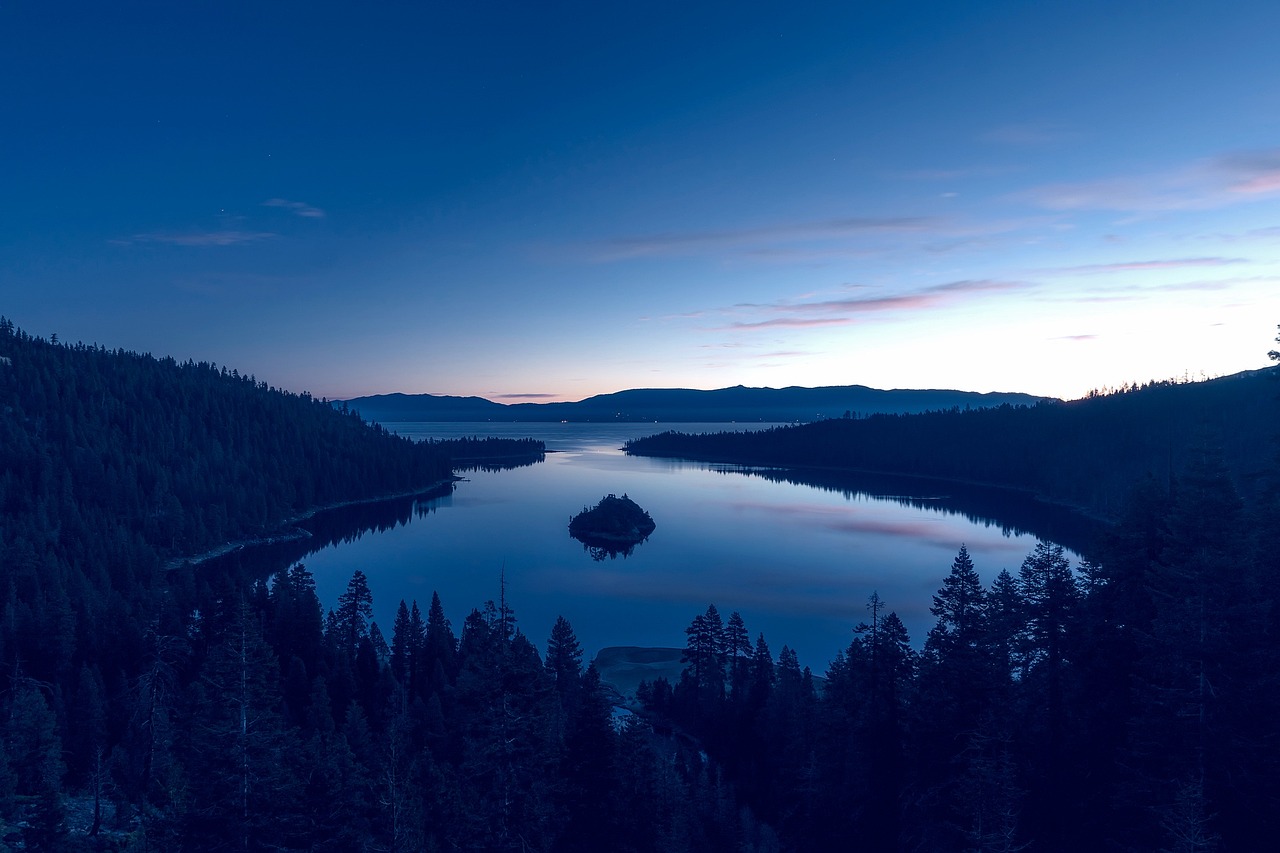This was the predicament facing the sailor in the Rime of the Ancient Mariner after becoming becalmed at sea and running out of drinking water. But do we face an analogous predicament today with water resources running scarce, and if so how do we best conserve this most precious item?
Lets break the issues down a little.
Although 70% our planet is covered in water, only 3% of water is fresh and most of that is locked up in ice at our poles or tundra. That leaves only 1.2% of water on the planet in a form we can use or drink.
And how do we choose to use this freshwater?
- Most is used for farming – 70%
- A lot by industry – 22%
- and a lesser amount is used in our homes for drinking, washing and watering our gardens – 8%.
Our water choices currently support thirsty crops that arguably shouldn’t be grown in Australia – like cotton and rice. Even our proud value-added product wine requires 7L of freshwater to produce 1L of wine.
Draw down on underground and aquifer water by industry and agriculture is now seeing many of these resources starting to become saline and may become unusable if use goes unchecked.
We’re also seeing pollution of what little freshwater we have left.
Plastics and microplastics have become a big issue. It is estimated that 8 million tonnes of plastic are entering the ocean each year via rivers. By the year 2050 there will be more plastic in the ocean than fish. And we’re consuming this plastic through sea salt, tap water and shellfish.
And what about our environment, with so little water to go around how do we support our water dependent ecosystems? Then there are equity access issues. What about cultural water allocations for Indigenous communities who missed out in the post-colonial water rights hand out?
A recent report by the Global Commission on the Economics of Water has found that there is an imminent water crisis, with demand expected to outstrip the supply of fresh water by 40% by the end of this decade.
The conflict resource of the last century was oil. Will water become the most important conflict horizon of the current century?
But there is hope emerging. We have new technology and improved legislation, and community awareness is building, understanding that we need to address these issues.
I led a panel discussion on the weekend at the Uraidla Sustainability Fair, and the topic was water and how to deliver water smart solutions into nature, agriculture, cities, gardens, and water courses.
The panelists were:
Janet Klein – a Viticulturalist and Biodiversity Conservationist who has spent the last 20 years dedicated to sustainable wine growing and landscape regeneration. Janet is cofounder of @ngeringa Vineyards, Hills Biodiversity and Dynamic State, Board member of the Hills and Fleurieu Landscape Board, and Chair of the Water Allocation Plan Community Advisory Committee for McLaren Vale; and the Goolwa to Wellington Local Action Plan (GWLAP) Board.
Eira Thorstenssen – an environmental rehabilitation contractor and volunteer and committee member of the Sixth Creek Catchment Group A self-titled ‘Bush Tradie’, Eira is dedicated to the protection, rehabilitation, and expansion of healthy ecosystems in South Australia
Melissa Bradley – Program Manager for Water Sensitive SA and is a civil engineer with more than 30 years’ experience working within the fields of civil design, asset management, development assessment, policy development and environmental management.
Shaun Kennedy – a Vegetation Services Specialist with SA Water and has over 20 years’ experience in a broad range of ecological restoration projects involving over 1,100 hectares of water catchment areas across the Adelaide Hills and plains – many of them award-winning
We covered a range of topics including:
- Conflict over water – who is using what and where are the tension points?
- How about more efficient systems for agriculture?
- What happens when we degrade our rivers and water ways and what can we do about improving them?
- How can we use water more efficiently in our cities?
- What about reducing the impact of storm water and runoff?
- Is plastic pollution a problem?
- How do we get community involved?
The discussions were fascinating and some of the key take-homes were:
- Get involved in your local water allocation planning process. There will be community consultation as part of the process and the more voices input the higher the likelihood of a more equitable outcome.
- A key aspect of any landscape is to slow the passage of water over the surface, whether it be in the paddock, garden or city. Physical infrastructure can be used, but plant covers is a key component that also stops erosion.
- For paddocks, try planting native perennial grasses or herbs instead of short lived species. Their root systems dig deep into the soil improving aeration, water holding and carbon sequestration, while helping bring biodiversity back into our landscapes.
- For vineyards, use drip irrigation (pretty standard now), but also cover crops between rows that can help support biodiversity and keep pests down.
- For gardens, use native plants as water smart alternatives to the usual European garden species. This also helps return biodiversity into the landscape.
- Trying digging a sump at the bottom of a down pipe filled with mid sized aggregate. This will act as a giant sponge for your garden, particularly helpful for tree roots.
- Significant amounts of microplastics come from machine washing synthetic fabrics. Lobby for micro-plastic filters to be installed on all washing machines.
- Join a volunteer group to help remove invasive species, plant native species or just tidy up waterways. Its a good way to meet like minded people from your community and there are many knowledgeable people out there who can help with other handy hints.
Below (and here) are a range of resources to help guide water smart solutions distributed by the panel.
So go on – try a few of these in your garden, home, paddock or community.
*************
Watercourse management
- Landscape South Australia – Hills and Fleurieu | Watercourses
- Adelaide and Mount Lofty Ranges NRMB – Managing healthy urban creeks
- Landscape SA Hills and Fleurieu – Sedge and Rush planting guide for creeks and dams
- CRC for Water sensitive cities
- SAWater – Reuse and recycled water
Regenerative agriculture and integrating biodiversity into landscapes
- Hills and Fleurieu Landscape Board
- Hills and Biodiversity
- EcoVineyards
- Goolwa To Wellington Local Action Planning Association
- Dynamic State (get involved in imaging a better future)
- Sedges on the Edges
Garden smart design – plants
Smart urban water designs
- Water Sensitive SA (home)
- Water Sensitive SA (community)
- Water Sensitive SA (small scale developers)
Volunteering – get involved to save our rivers and water courses
- Sixth Creek Facebook group
- Sixth Creek Website
- Upper River Torrens Landcare Group
- The Brownhill Creek Association
- Reservoir volunteering
- Bridgewater Friends of Cox Creek
- Hills Environment Centre
- Map of Volunteer Groups created by the Landscape Board
- SA Water reservoir volunteer program
This article is republished from the Prof Andy Lowe webpage.
Featured image:One of Gustave Doré’s celebrated engravings illustrating The Rime of the Ancient Mariner: ART RESOURCE








